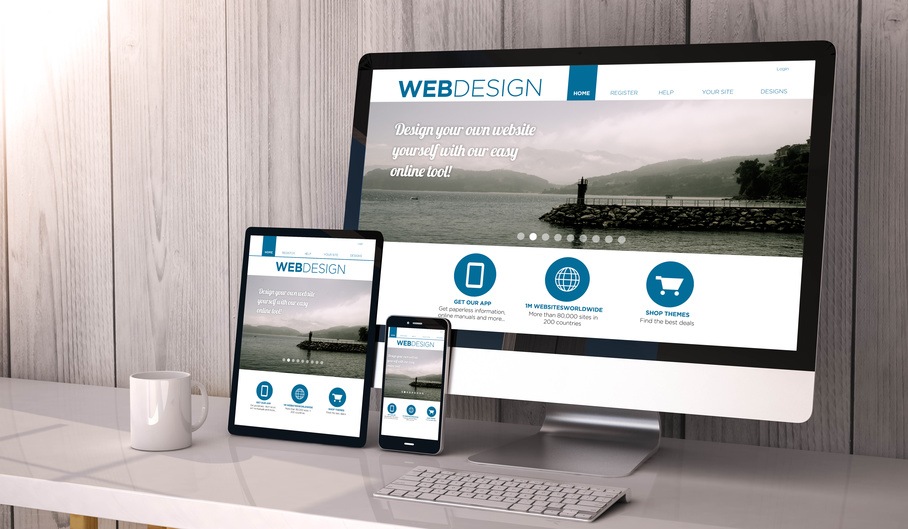The Business Website Design Process Has Changed, and There’s No Going Back

In the early days of the Web, websites were essentially an online brochure. They were little more than a place to stick contact information. The field evolved rapidly, and before long, thousands of creative web designers were throwing their talents into the website design process, creating gorgeous websites.
But as recently as 2014, websites were still an afterthought for many businesses. Not so in 2016. A functional website design is a powerful venue for lead generation and the first impression most businesses make on new customers. Three out of four Internet users admit to judging a company’s credibility based on its web design. And as the Web has evolved, so has the website design process.
So what’s changed?
It’s no longer enough to make an attractive website. Trust us, there are millions of quality websites languishing on Page 11 of Google search results.
Now, web designers can’t just focus on making a website that looks good. Instead, web designers have to work with clients to build websites designed to look good, load quickly, and convert leads. This might seem obvious, but it’s a radical change to the web design practices of just a few short years ago.
Today, the best web designers are swamped not with building websites from scratch, but with completing website redesign projects, a diplomatic way of saying they’re cleaning up someone else’s mess. Too many flashy looking websites were designed to look good, with no thought given to how they would perform in search results, hold visitors’ attention after they clicked an advertisement, or convince visitors to actually pick up the phone and call. Most web designers are artists, after all, but this oversight has led to a number of expensive-but-useless websites.
The Modern Business Website Design Process
What does this mean in practical terms?
Web designers can no longer take a one-size-fits-all approach. An upscale beauty salon and a doctor’s office both provide services. They may even target the same clients. However, the modern medical website design requires a totally different approach to online marketing.
While a beauty salon would be wise to emphasize its colorful social media presence, websites for doctors often require detailed information about their speciality and service. According to Google data, fully 77% of people looking for health information online start their research with a search engine, as do people booking medical appointments online.
That means every website for a medical office must include a strategy for search engine optimization. Likewise, a healthcare website that uses online pay-per-click advertising would need dynamic landing pages built to convert these incoming visitors.
So rather than building an attractive website and then customizing it to suit a business’ needs, web designers have to flip the process on its head.
First, they have to determine exactly what the business needs from its website, then design a website that will support those goals. If you need to design a website, make sure you’re working with web development services that already know this.


